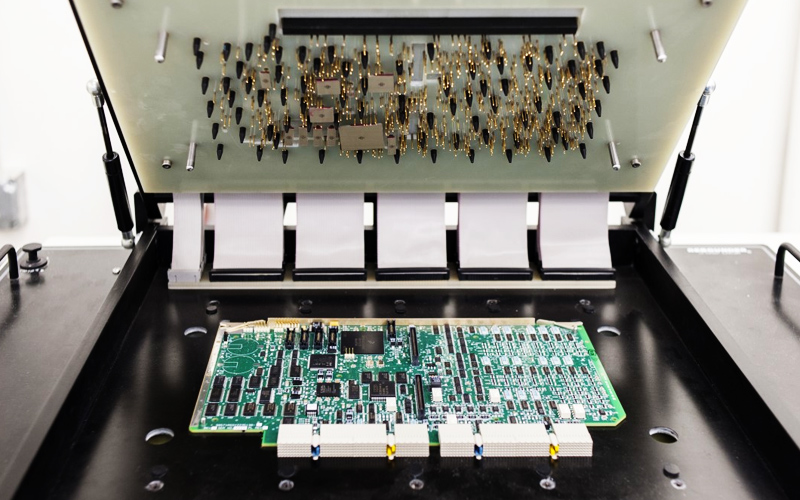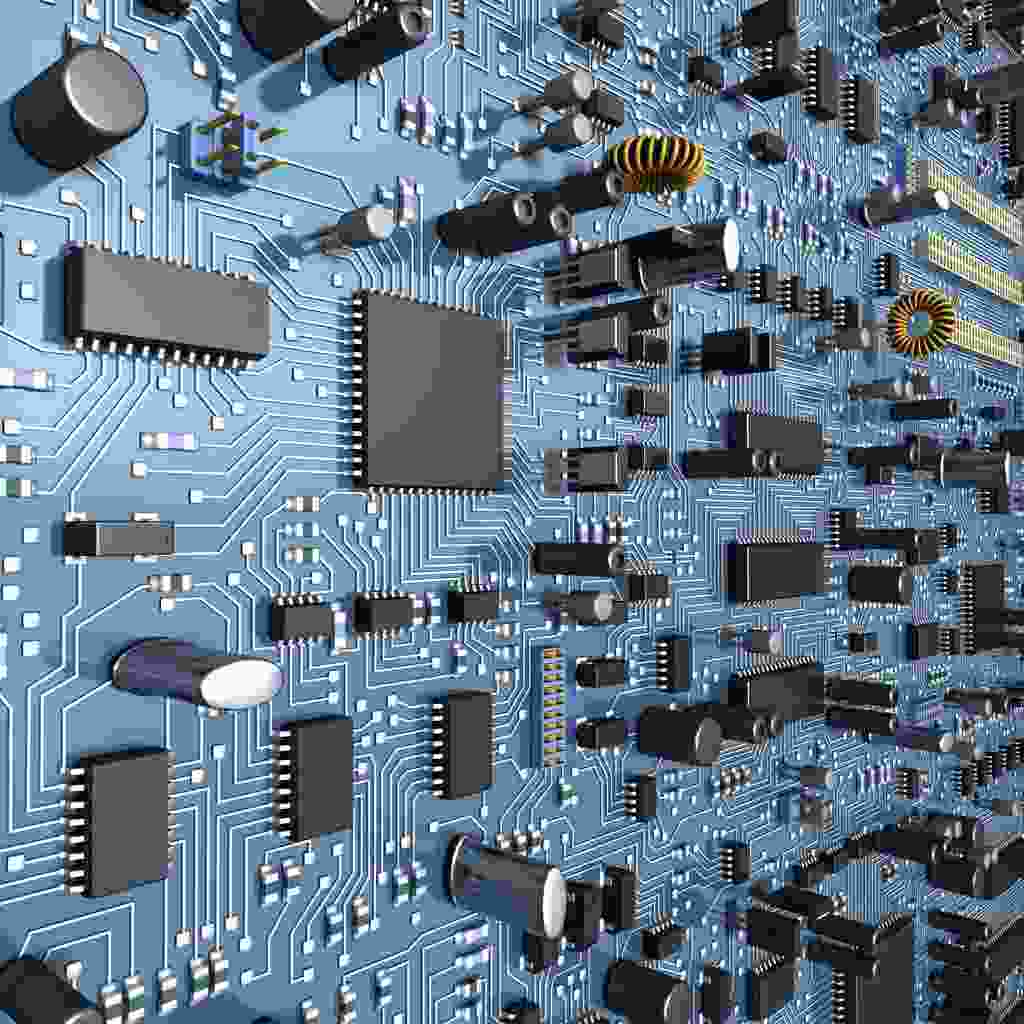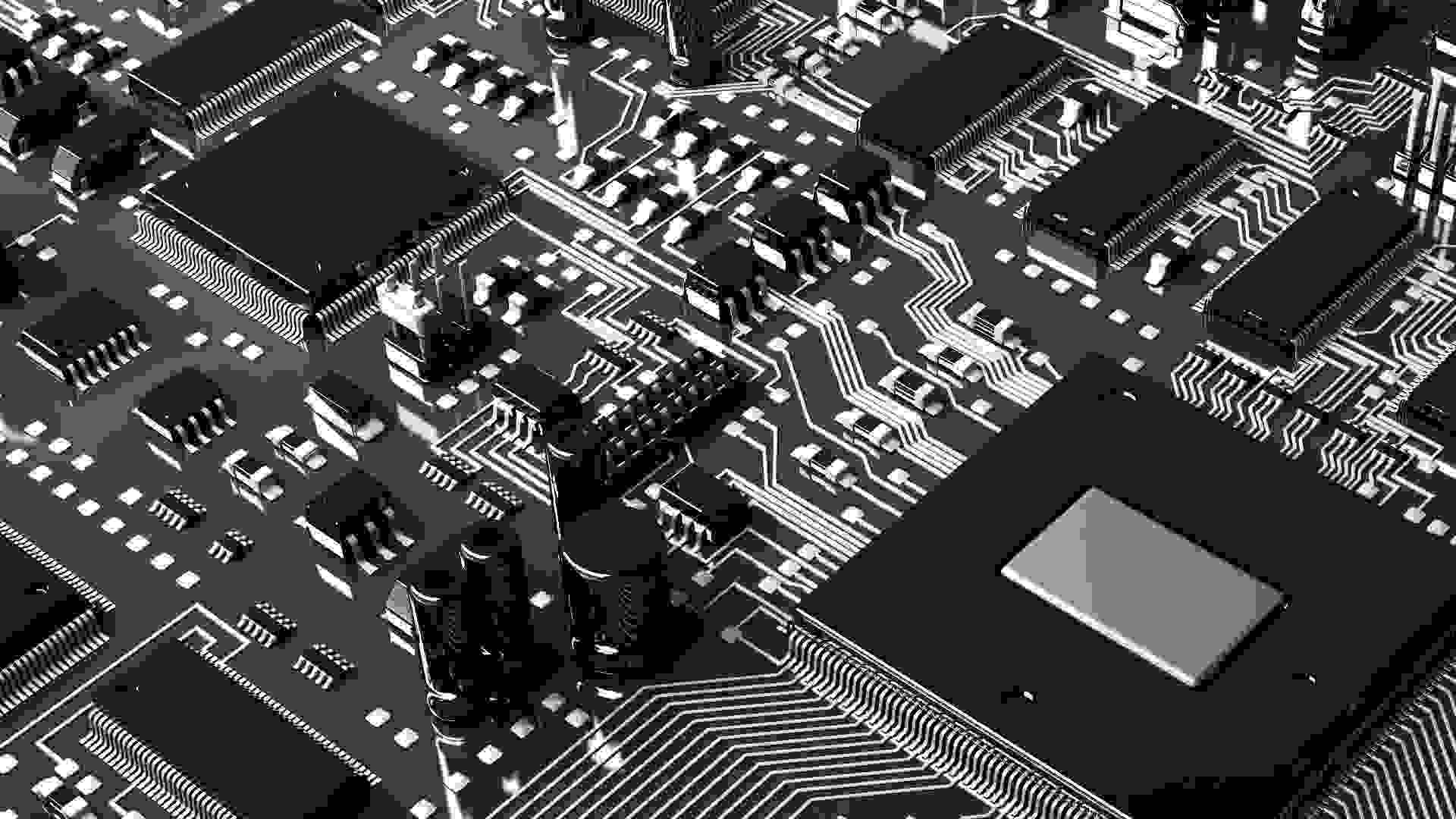
Five mainstream PCBA (PCB) circuit board test methods
The circuit board test is divided into:
Special circuit board test system: It is a test system developed for specifIC PCB test tasks or specific test objects. It is often named according to the test object, such as BTS control board test, remote controller circuit board test, electric energy meter circuit board test, etc.
General PCB testing: It is a PCB testing system developed for certain fields and PCB under test. For example, Teradyne's C3065 series circuit board testing machine can complete the testing of nano ampere circuit boards in the space laboratory, and HBM's SMArtA2000 circuit board testing system belongs to the general circuit board testing category.
PCBA circuit board involves many circuits and components, so testing is extremely important, which is related to the pass rate and delivery quality of products. At present, the five mainstream PCB testing methods are:
1. Manual visual test
Manual visual testing is to confirm the placement of components on PCB through human vision and comparison. This technology is one of the most widely used online testing methods. However, with the increase of output and the reduction of circuit boards and components, this method is increasingly unsuitable. Low pre cost and no test fixture are its main advantages; At the same time, high long-term cost, discontinuous defect detection, difficulty in data collection, absence of electrical testing and visual limitations are also the main disadvantages of this method.

2. Automated Optical Inspection (AOI)
This test method, also known as automatic visual test, is usually used before and after reflow. It is a relatively new method to confirm manufacturing defects, and has a good inspection effect on the polarity and existence of components. It is a non electrical, fixture free online technology. Its main advantages are easy to follow diagnosis, easy program development and no fixture; The main disadvantage is that the short circuit identification is poor, and it is not an electrical test.
3. Functional Test
Function test is the earliest automatic test principle. It is the basic test method for specific PCB or specific unit, and can be completed by various test equipment. Functional testing mainly includes final product test and hot mock up.
4. Flying Probe Tester
Flying probe tester, also known as probe tester, is also a commonly used testing method. Due to the progress in mechanical accuracy, speed and reliability, it has been widely welcomed in the past few years. In addition, the current requirements for a test system with fast conversion and no fixture capability required for prototype manufacturing and low production manufacturing make flying probe testing the best choice. The main advantages of the flying probe tester are that it is the fastest time to MARKet tool, can automatically generate tests, has no fixture cost, is good at diagnosis and is easy to program.
5. Manufacturing Defect Analyzer (MDA)
MDA is a good tool for diagnosing only manufacturing defects in a high-yield/low mixed environment. The main advantages of this test method are low initial cost, high output, easy to follow diagnosis, fast and complete short circuit and open circuit test, etc; The main disadvantage is that the function test cannot be carried out, there is usually no test coverage indication, fixtures must be used, and the test cost is high.









